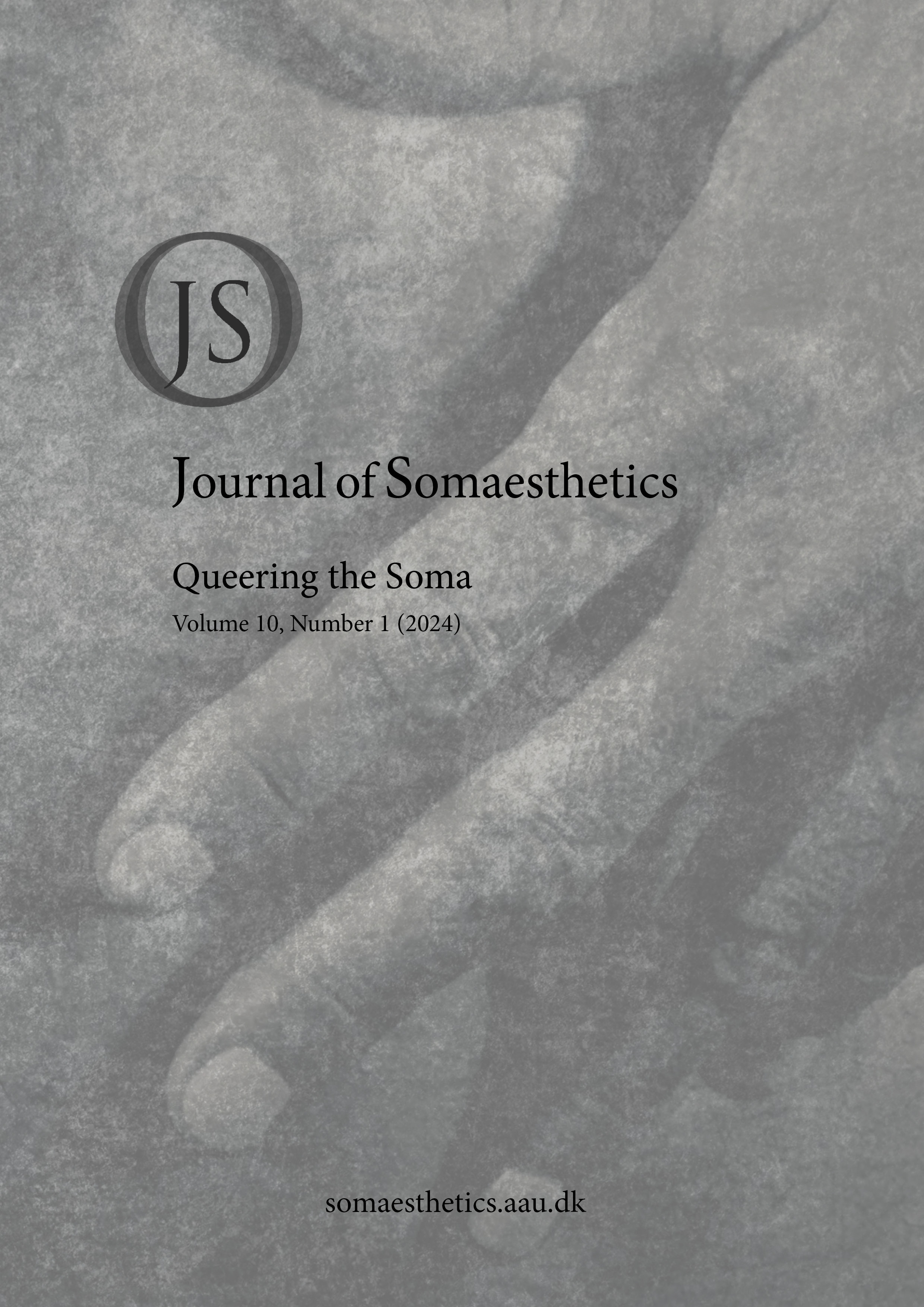Call for Abstracts: Somaesthetic Practices – Interviews with Artists and Somatic Practitioners
This issue places special emphasis on interviews with artists and practitioners engaged in somatic work, including those in visual arts, experimental arts, music, dance, performance, and other embodied creative practices. These fields offer unique insights into how the human body-mind functions as a site of creation, expression, and transformation. Whether through the fluid movements of dance, the precision of choreographed performance, the improvisational nature of sound and movement, or the ways in which physical disciplines such as martial arts, somatic therapies, or ritual practices engage the body, this issue seeks to highlight the profound connections between somaesthetic practices and aesthetic experience. Similarly, artists working in visual and experimental arts explore embodiment through materiality, process, and interactive engagement, expanding the scope of somaesthetics in contemporary culture.
Abstract submission deadline: Maj 15, 2025
Full article submission deadline: Sept 30, 2025
Read more about Call for Abstracts: Somaesthetic Practices – Interviews with Artists and Somatic Practitioners


